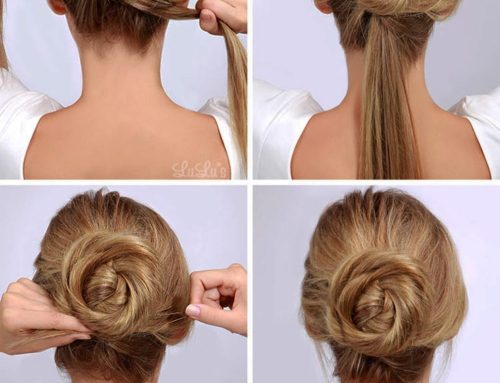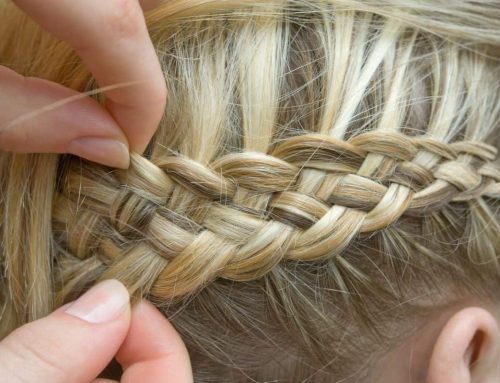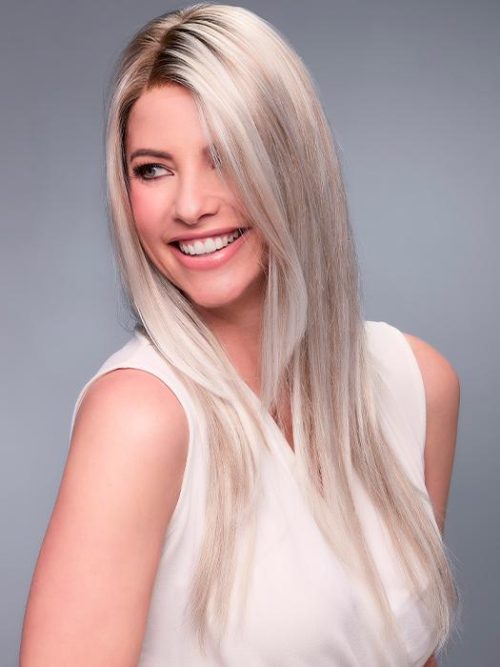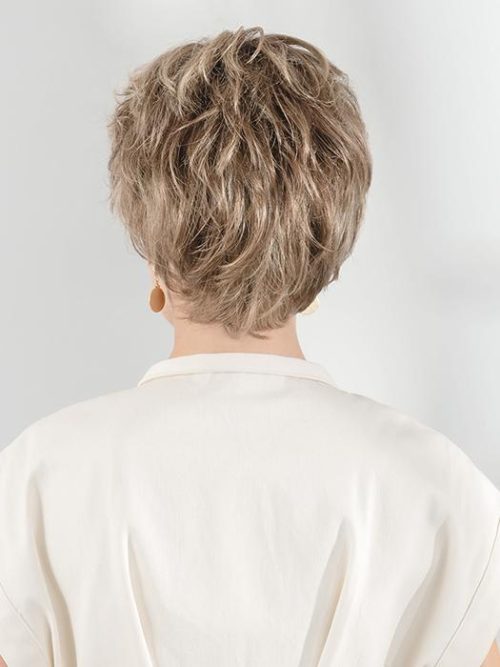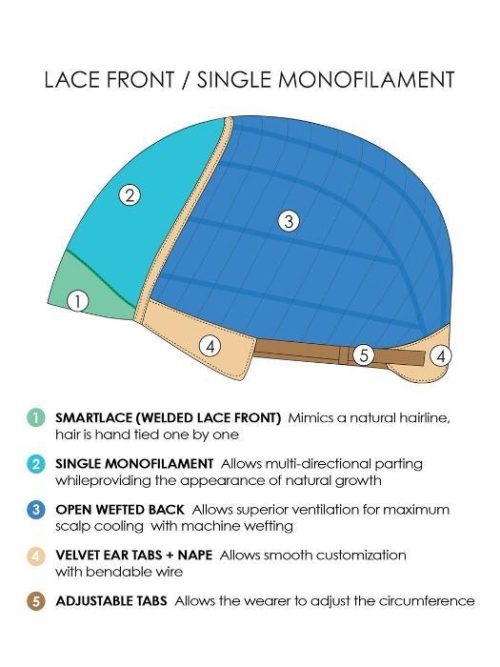Introduction to Hair Health
Is your hair in good condition? While you might think your hair looks alright when you glance in the mirror, it could actually be quite fragile. Hair breakage is a common issue affecting many. Our hair comprises the medulla, cortex, and cuticle. The outermost layer, the cuticle, has a scaly structure. The cortex forms the bulk of the hair, while the innermost layer is the medulla. However, the hair surface is often subjected to external aggressors. When the cuticle gets damaged and begins to crack, exposing the cortex, the hair suffers damage.
Understanding Hair Damage
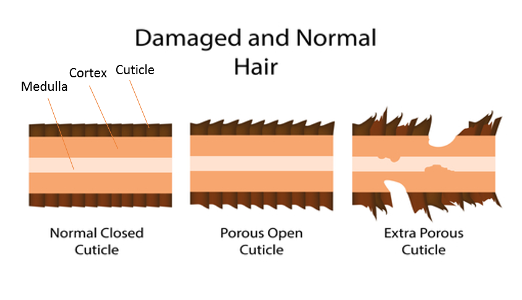
The cuticle, being scaly, gets lifted when damaged. This results in the hair feeling frizzy or even looking curly to the touch. The cortex, deprived of its protective surface layer, loses nutrients and becomes vulnerable to external substances. This leads to loss of shine, reduced elasticity, and split ends. Severe damage to the scalp follicles can make hair prone to breakage, giving it a rough texture and a lackluster appearance. Tangling of hair into clumps due to moisture and oil deprivation also signifies damage. Severely damaged hair is challenging to repair and may never fully regain its health even with treatment, highlighting the need for daily attention to prevent hair damage.
Types of Hair Damage
Hair is susceptible to various forms of damage, each with distinct characteristics. Identifying these types can help in addressing specific issues effectively.
1. Split Ends
Split ends are perhaps the most common form of hair damage, making hair appear unkempt and messy. Hair strands split into finer or multiple ends, resembling branches, which rob the hair of its vitality. Nutrient loss further contributes to lifeless split ends.
2. Coarse Texture
When the hair texture becomes rough, it feels uneven to the touch. Running fingers through the hair reveals bumps or unevenness, indicating damage. Smooth combing suggests healthy hair, while friction signifies damage.
3. Dullness
Cracked cuticles and damaged cortex lead to dullness, often due to moisture loss. Conditioning oils can restore shine, but excessive conditioning or styling may exacerbate the issue. Overwashing and chemical treatments also contribute to dullness.
4. Dry, Unmanageable Hair
Regularly waking up to unruly hair suggests underlying damage. Factors like improper temperature control during drying, inadequate brushing, or lack of proper hair care contribute to dryness and unruliness. Attention to hair care routines is crucial to prevent further damage.
5. Thinning or Hair Loss
Thinning hair or hair loss may result from breakage or damaged scalp follicles. While some individuals naturally have thin hair, conditions like alopecia areata result in significant hair loss, necessitating professional intervention for treatment and restoration.
Causes of Hair Damage
Hair damage can stem from various sources, understanding these factors can aid in prevention.
1. Environmental Factors

-
Sun Exposure: The sun emits UV rays that can penetrate the skin’s surface layers, affecting underlying cell activity. Similarly, UV radiation can reach the hair’s cortex through the stratum corneum, causing damage.
-
Wind Exposure: Wind, though uncontrollable, poses a threat to hair health. Constant blowing can lead to friction between hair strands, gradually thinning the hair. Friction weakens the cuticle, making it more susceptible to damage.
-
Chlorine Exposure: Chlorine, a common substance present in swimming pools and some water sources, acts as a bleaching agent. Prolonged exposure to chlorine corrodes the cuticle and dissolves the medulla, inhibiting hair growth.
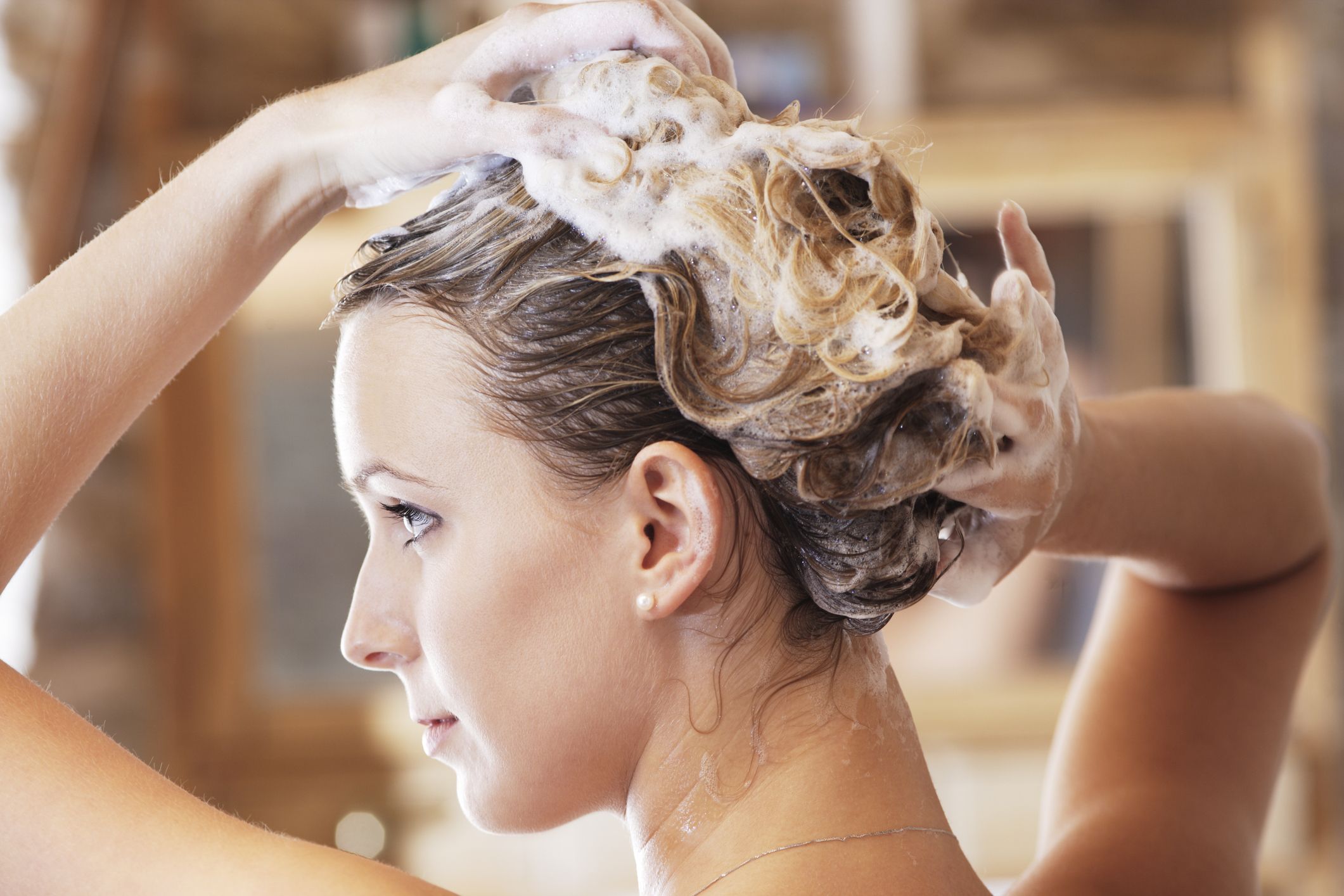
-
Hairstyles: Certain hairstyles, like tight ponytails or braids near the hairline, can strain the hair, leading to breakage. Overstretching the hair weakens it, causing separation between the cuticle and cortex and potential localized hair loss.
-
Personal Habits: Vigorously rubbing hair and scalp while washing, skipping conditioner, rough towel drying, and aggressive brushing of wet hair are detrimental habits that contribute to hair damage.
-
Styling Tools: Improper use of styling tools, such as brushes or combs unsuitable for your hair type, can lead to breakage. Additionally, razors used for styling may cause split ends, contrary to popular belief.
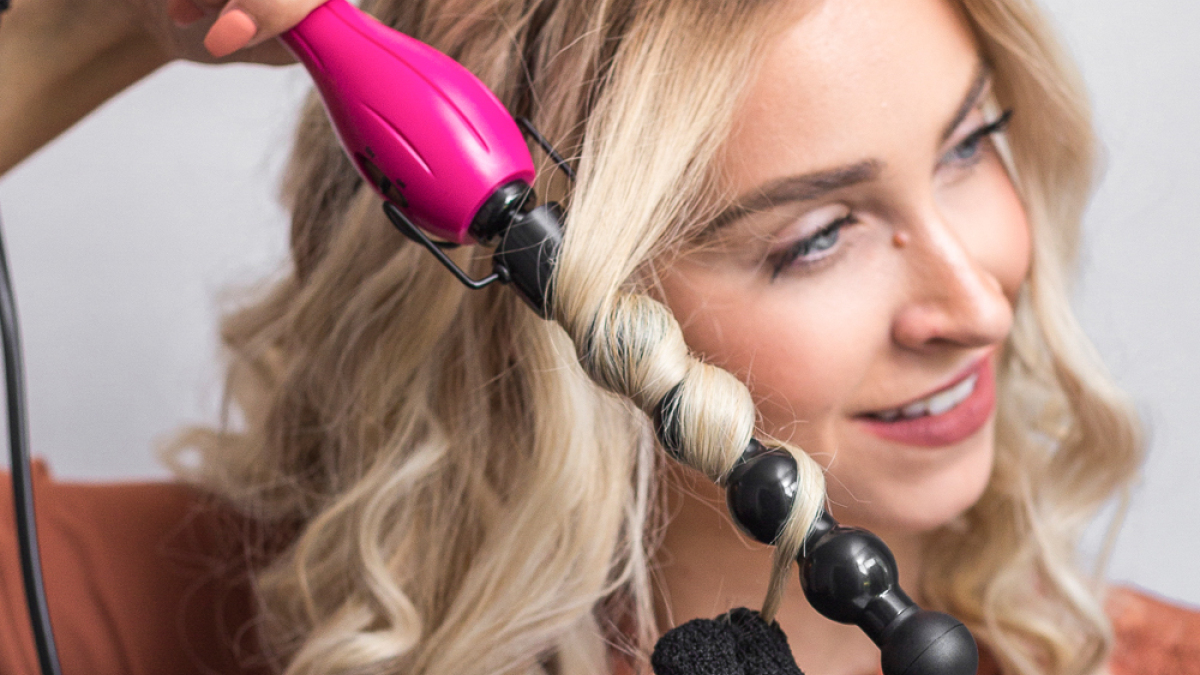
-
Heat Tools: Excessive use of heat tools like curling irons can damage hair shafts, stripping them of moisture and causing brittleness and breakage. Heat styling can “cook” hair fibers, depriving them of essential nutrients.
-
Water Temperature: Opting for warm water when washing hair is advisable to prevent scalding and damage to the hair surface and shaft, as hair and scalp are more delicate than skin.
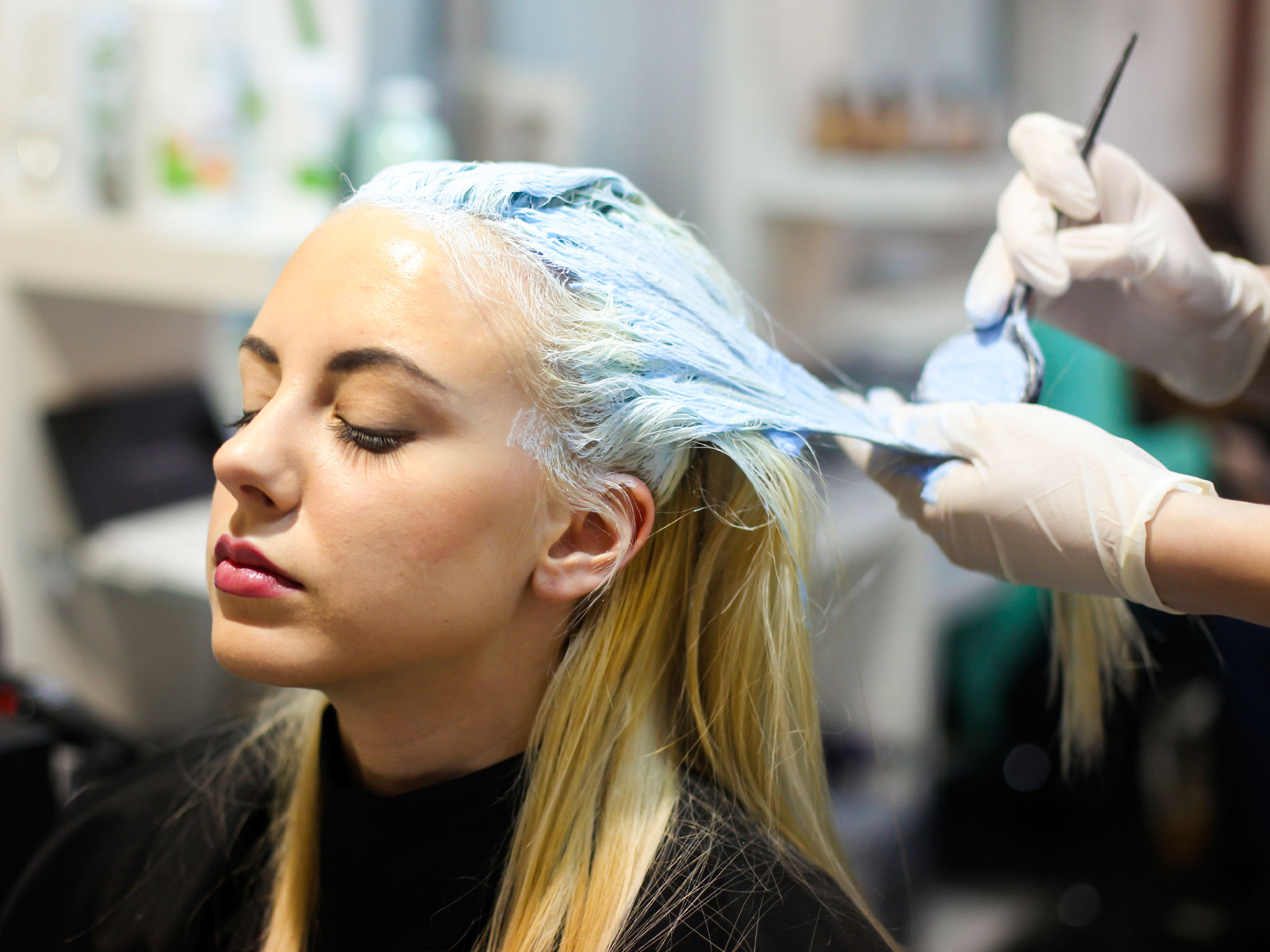
-
Hair Dyes: Hair colorants contain chemicals like ammonia, which open the hair cuticle to deposit color on the cortex. High concentrations of ammonia can cause significant damage to the cortex.
-
Bleaches: Strong bleaching agents break down hair bonds, weakening the hair and making it prone to breakage. Prolonged exposure to highly concentrated developer can lead to widespread hair loss.
-
Texturizers: Chemical treatments like perms, straighteners, and relaxers alter the hair’s structure by interacting with the cortex. This permanent change can leave the hair susceptible to damage.
Reviving Damaged Hair: Effective Treatments
Maintaining healthy hair, free from breakage and damage, requires conscious effort. Here are some practical and efficient methods to restore vitality to your hair and prevent future damage:
1. Shield from UV Rays

UV rays, particularly potent in summer, pose a threat to hair health. Physical barriers like hats or wigs can offer effective protection. Opt for wigs made from human hair for easier styling, cutting, and coloring, albeit with higher maintenance. Alternatively, synthetic wigs provide breathability without compromising style. Additionally, applying sunscreen or UV protection products before stepping out shields your hair from harmful rays.
2. Combat Strong Winds

On windy days, minimize hair exposure by opting for covered transportation or wearing a helmet. Tying your hair up prevents tangling and reduces friction caused by wind.
3. Minimize Chlorine Exposure

Swimmers should prep their hair with protective products to counteract chlorine damage. Wetting hair with tap water or applying conditioner before swimming forms a barrier against chlorine. Utilizing swim caps and avoiding prolonged immersion in chlorinated water further shields hair. Post-swim shampooing and conditioning are essential to restore hair health.
4. Opt for Hair-friendly Hairstyles
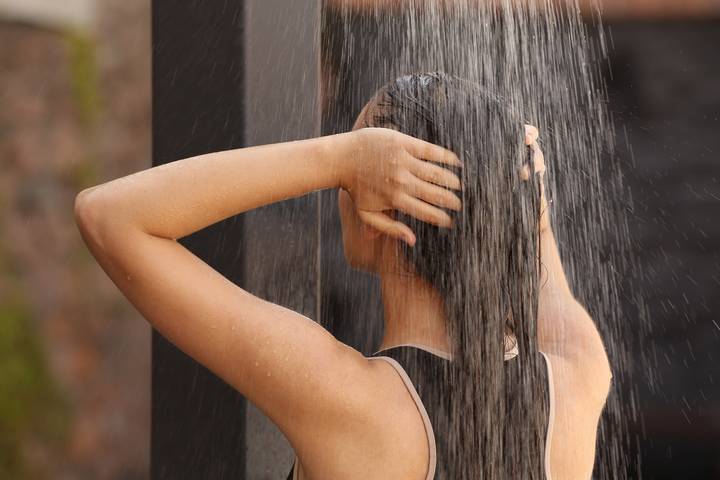
Choosing hairstyles that minimize stress on hair strands promotes healthier hair. Avoid tight hairstyles like high ponytails or braids, opting instead for looser styles. Consider using wigs or toppers for intricate styles, offering versatility and protection from damage. Toppers made from human hair, synthetic, or heat-friendly fibers cater to different styling needs.
5. Proper Hair Washing Technique
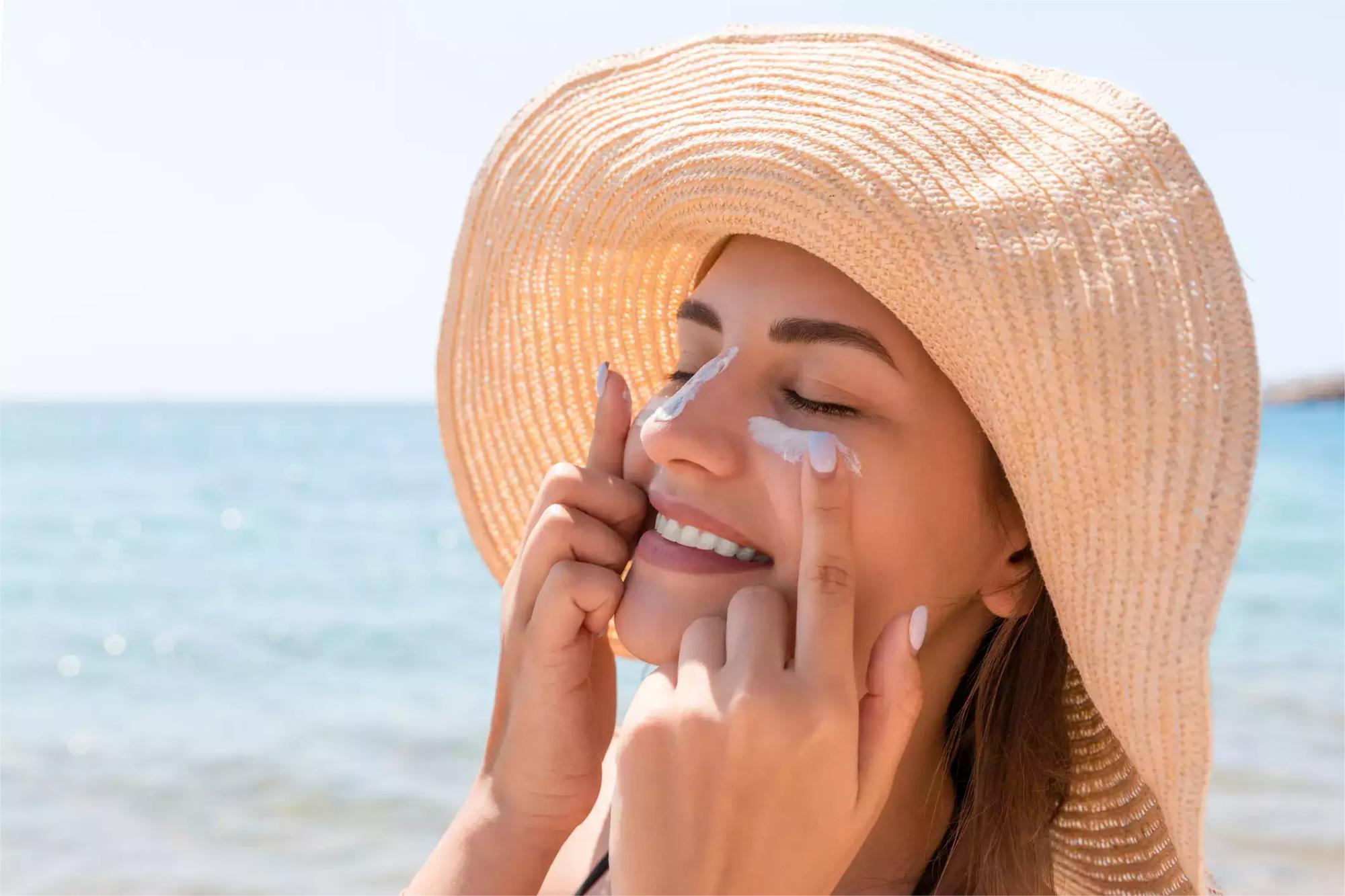
Adopt a gentle approach to hair washing to preserve its natural oils and prevent dryness. Massage the scalp delicately with fingertips, avoiding excessive scratching. Adjust washing frequency based on hair type, aiming for once a week for dry hair and three to four times for oily hair. Lukewarm water rinses maintain natural oils and prevent premature color fading. Opt for moisturizing shampoos and consider using apple cider vinegar rinses for added hydration.
6. Hydration and Moisturization

Achieving deep hydration within the hair shaft is crucial for protecting against further damage and addressing hair breakage. Incorporating a deep conditioner into your hair care routine can work wonders. Additionally, leave-in conditioners, hair oils, or masks provide added moisture and shine, leaving hair smoother and softer compared to regular conditioners. Choosing the right hair care products tailored to your specific needs is essential for promoting optimal hair health. For fine, thin, or oily hair, opt for light moisturizers like aloe vera juice and glycerin. Conversely, coarse, thick, or dry hair benefits from rich moisturizing ingredients such as coconut oil and fatty acids. Avoiding harsh ingredients like sulfates and drying alcohols is also advisable.
7. Say Goodbye to Bath Towels

Traditional bath towels can contribute to hair breakage, frizz, and brittleness due to their coarse texture. Instead, consider using a microfiber towel or a T-shirt to gently pat dry your hair post-wash. These materials are softer and more absorbent, helping to prevent damage and dry hair quickly. Alternatively, air-drying your hair is a gentle option.
8. Avoid Brushing Wet Hair
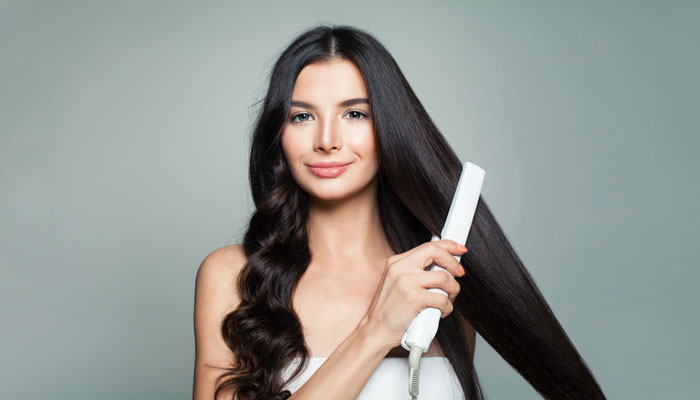
Hair is most vulnerable to breakage when wet, as the shaft swells and the protective layer lifts off. Avoid brushing wet hair to prevent breakage. Opt for brushing before washing, after applying conditioner, or post-blow drying. Choose a soft-bristled brush or a wide-tooth comb to minimize damage, and allow hair to partially air dry before combing.
9. Moderate Heat Tool Usage
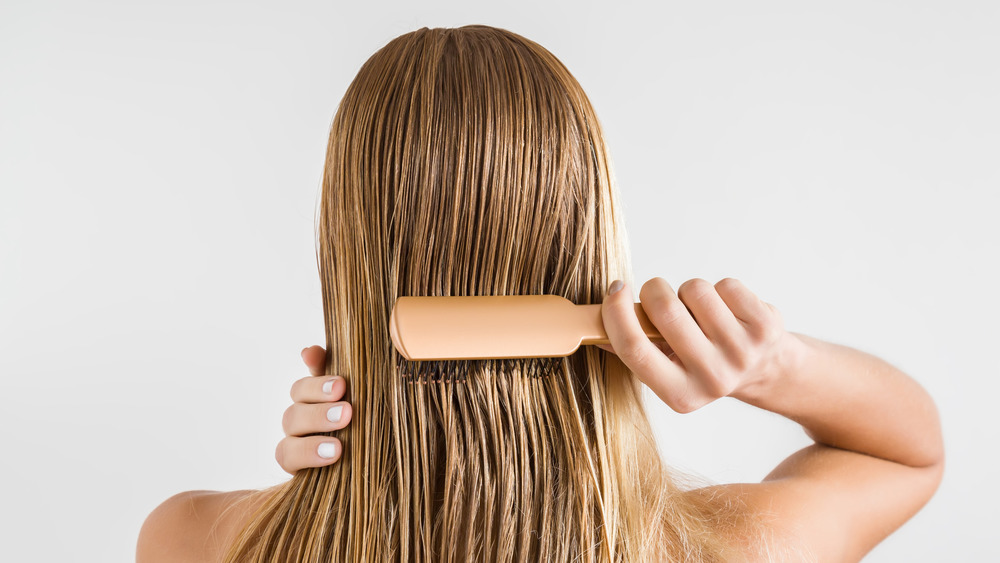
Limiting heat styling tools and using the lowest heat setting can prevent hair breakage. Opt for ceramic plates in hair straighteners for even heating and minimal damage. Avoid using heat styling tools on wet hair, as this can cause the water inside the hair to boil and lead to breakage. Consider using heat-protecting hair gels or serums when heat styling to create a protective barrier.
10. Schedule Regular Trims
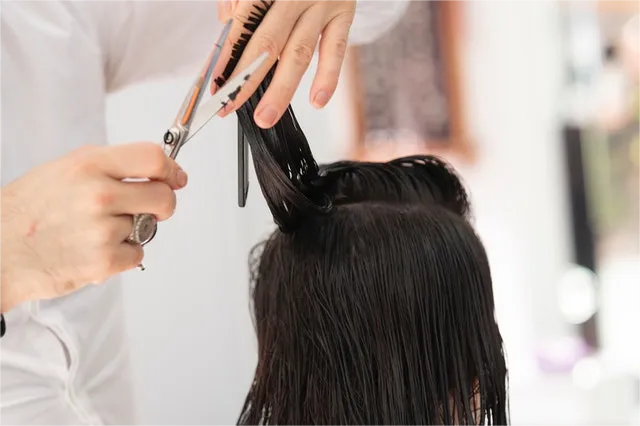
Regular trims are essential for preventing hair breakage and maintaining healthy hair. Aim to trim your hair every four to eight weeks to remove dry and split ends and promote overall hair health. Gradual trims are suitable for those desiring longer hair.
11. Invest in Quality Hair Accessories

Choose high-quality hair accessories to prevent damage and breakage. Avoid rough materials and opt for accessories that are gentle on the scalp and hair follicles. Consider using wigs or toppers for added protection against damage from accessories.
12. Opt for Silk or Satin Pillowcases
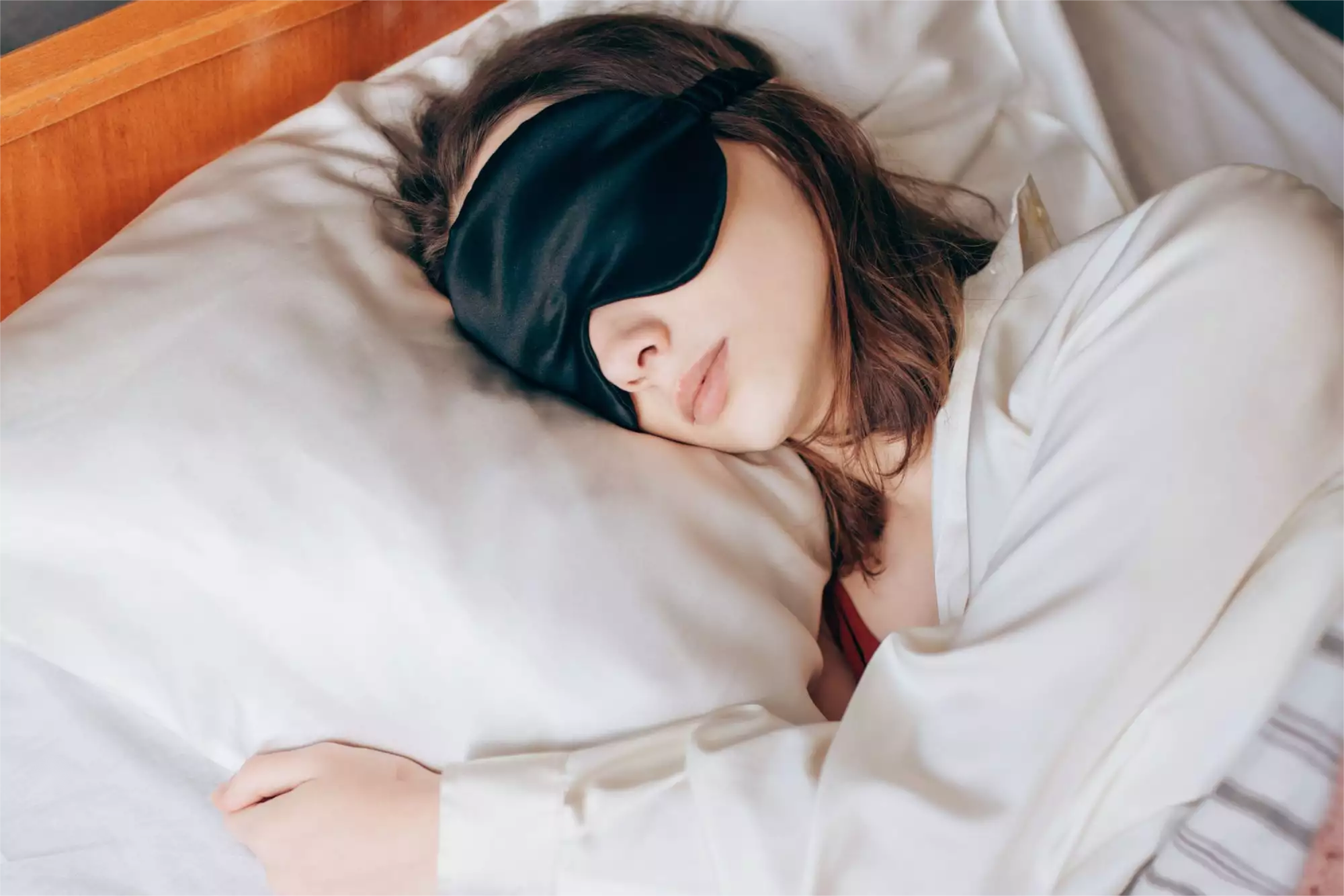
Silk and satin pillowcases offer hair care benefits by reducing friction and preventing breakage. These smooth fabrics are gentler on the hair and skin compared to cotton, reducing frizz and preserving moisture. Additionally, silk and satin pillowcases are ideal for those with sensitive scalps.
13. Approach Hair Coloring with Caution
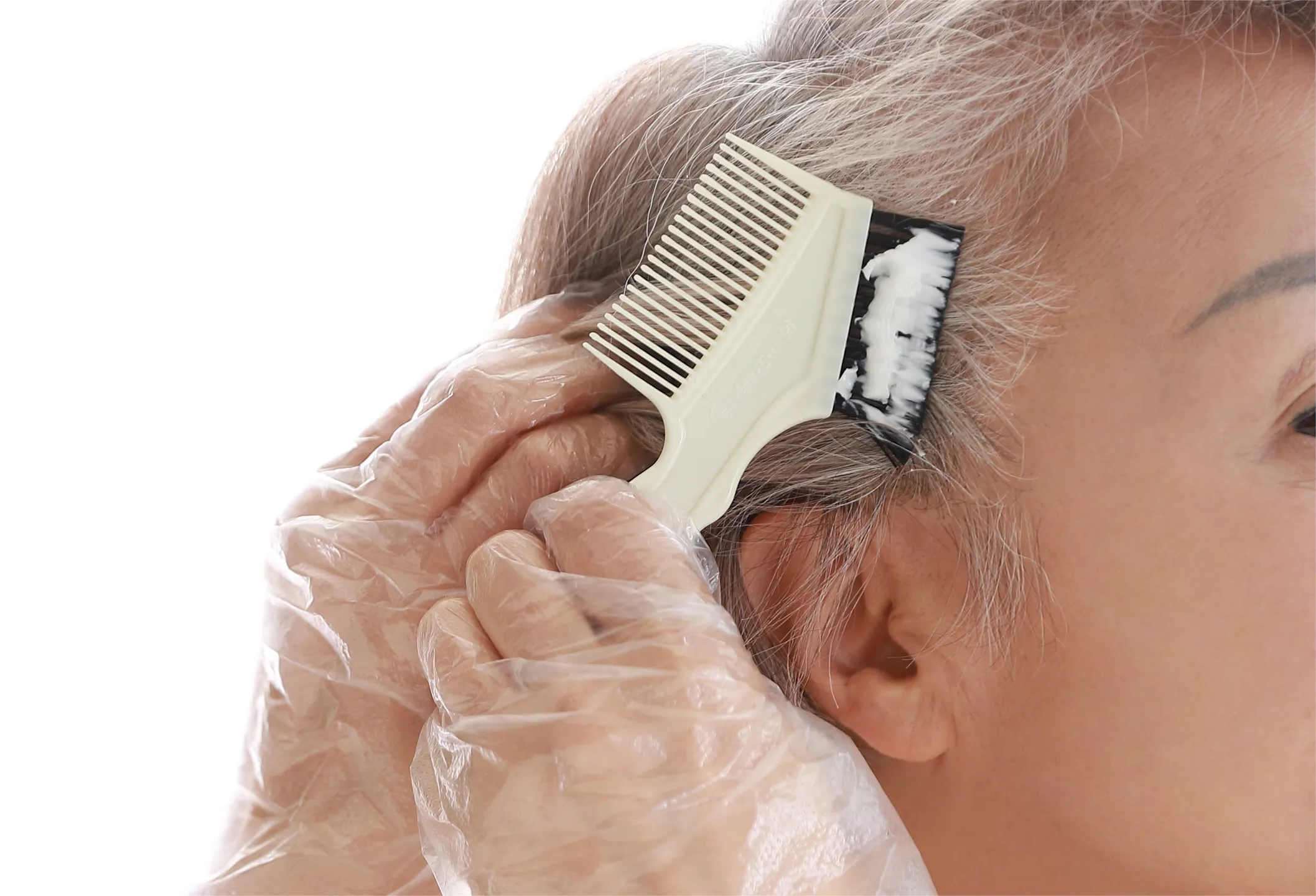
Minimize hair coloring frequency and opt for conditioning ingredients in hair dyes to protect hair during the coloring process. Semi-permanent formulas are gentler on the scalp and hair. Limiting dye application to the ends of hair and spacing out coloring sessions can help mitigate damage. Hydrating hair regularly helps counteract the effects of chemical treatments.
Final Thoughts
Armed with knowledge of hair damage causes and effective treatments, take action to revive your hair health today! For personalized guidance, reach out with any questions. We’re passionate about all things hair and eager to assist you on your journey to healthy, vibrant hair.
Additionally, explore our range of accessories including wigs and toppers, designed to enhance your style and confidence. Join us in embracing your beauty and charisma!
